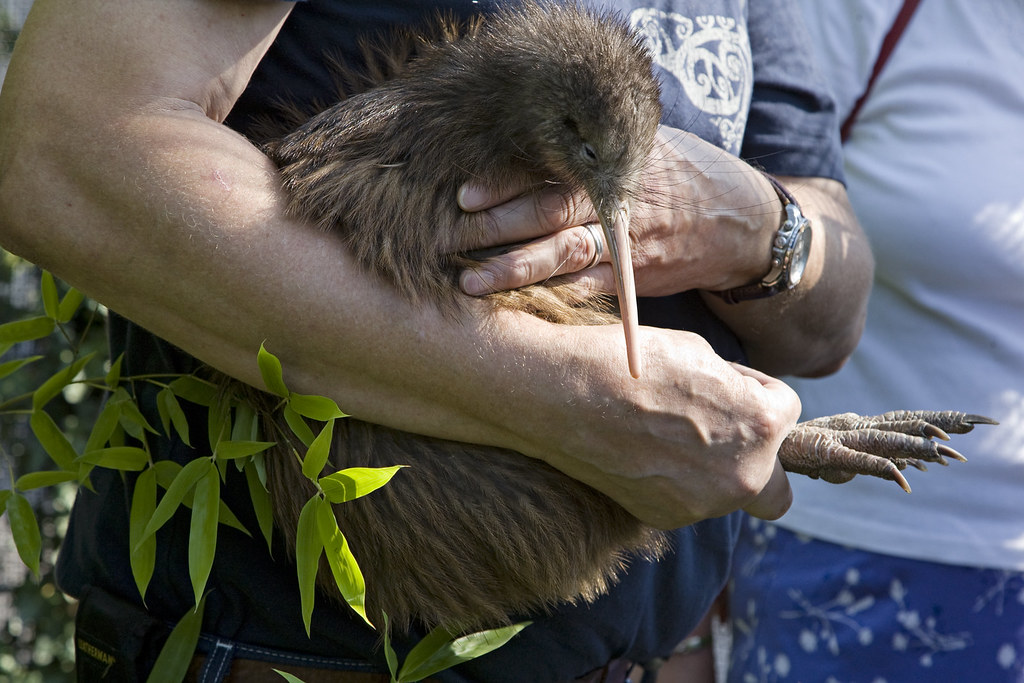– Understanding the conservation status of kiwi birds and the factors leading to their endangerment
– The role of conservation efforts and programs in protecting kiwi populations
– The importance of habitat protection and predator control in kiwi conservation
– The impact of human activity on kiwi populations and what can be done to mitigate it
– Future perspectives for kiwi conservation and the significance of ongoing research and monitoring
Kiwi birds are iconic to New Zealand and symbolize the country’s unique biodiversity. However, these nocturnal birds face numerous threats that have risked their existence, raising concerns about their conservation status. Are Kiwis endangered? This article delves into the current situation of Kiwi birds, examining the factors that have led to their vulnerability and the concerted efforts being made to ensure their survival.
Understanding the conservation status of kiwi birds requires examining the factors contributing to their endangerment. The primary concerns are habitat loss, predation by introduced species, and human-induced alterations to their natural environment. These factors have resulted in significant declines in kiwi populations, leading to the classification of some kiwi species as endangered by international conservation organizations.
Conservation efforts play a crucial role in the protection of kiwis. Initiatives such as the Kiwi Recovery Plan and the involvement of local communities and indigenous groups have been pivotal. These programs focus on breeding kiwis in safe environments, rehabilitating injured birds, and reintroducing them into protected habitats. Efforts also extend to research and monitoring, essential for understanding kiwi ecology and refining conservation strategies.
Habitat protection is another critical aspect of kiwi conservation. The preservation of native forests and the restoration of ecosystems provide safe havens for kiwis to thrive. These habitats must be managed carefully to ensure they meet the needs of kiwi populations, from food availability to nesting sites. Efforts to control invasive species, such as stoats, rats, and ferrets, significant predators of kiwi eggs and chicks, are equally important.
Human activity has had a profound impact on Kiwi populations. Urban expansion, logging, and other forms of land use change have reduced Kiwi habitats, while domestic pets and vehicle strikes add to the threats Kiwis face. To mitigate these impacts, educational programs to raise public awareness and encourage community involvement in conservation activities are vital. Additionally, regulations and protective measures are necessary to minimize negative human interactions.
Looking towards the future, the conservation of kiwis hinges on ongoing research and monitoring. Adaptive management strategies that respond to new threats and challenges are essential. Collaborative efforts that involve scientists, conservationists, government agencies, and local communities will likely define the success of Kiwi conservation programs. Continuing these efforts is imperative to ensure that Kiwis thrive for future generations.
In summary, the situation of kiwi birds in New Zealand requires urgent attention. While they are endangered, there is hope through concerted conservation efforts. Protecting habitats, controlling predators, mitigating human activity, and fostering research and monitoring are foundational to their recovery. As a species of significant cultural and ecological importance, the future of kiwis is not just a concern for New Zealand but for biodiversity conservation globally. Engaging in these efforts ensures the survival of kiwi birds and the preservation of a key part of our natural world.


